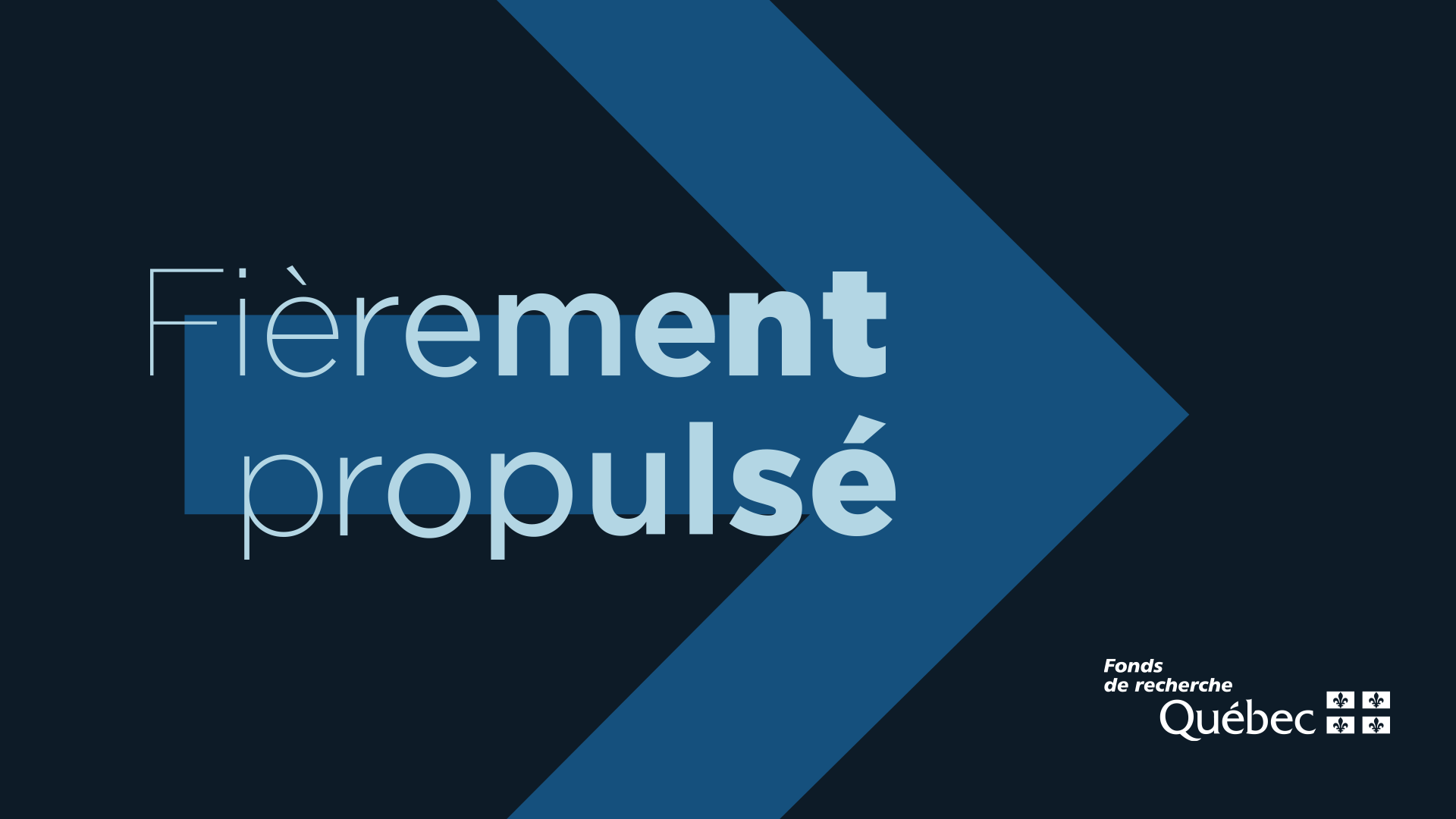Collegiality in the Implementation of Deep and Continuous Sedation in a Cancer Centre in France
DOI:
https://doi.org/10.7202/1101131arKeywords:
end of life, collegiality, oncology, palliative careLanguage(s):
FrenchAbstract
A collegial procedure refers to the fact that, before making a delicate medical decision, the opinion of the entire care team responsible for the patient is sought, including nurses and orderlies, among others. The Claeys-Leonetti end-of-life law (2016) enshrines this in French law as mandatory when implementing deep and continuous sedation until death (DCSD). The aim of the study was to take stock of the awareness of this aspect of the law among all the healthcare staff of a cancer institute and to identify how collegiality was established for a DCSD decision, depending on the department. We administered an anonymous online questionnaire to all those involved in healthcare (knowledge of the Claeys-Leonetti Act), and then met healthcare workers from the various departments in discussion groups (managers, nursing staff and orderlies) or in individual interviews (doctors). The results show that young healthcare staff (with less than 5 years’ experience) are more familiar with the law, across all professions, and that nurses and orderlies are more likely to assert their rights than doctors. We report on the diversity of the implementation of collegiality for sedation decisions, in terms of formalisation, standardisation and inter-professionalisation. We conclude that the implementation of collegiality in advance of a decision broadens the methods of multi/inter-professional communication and helps to alleviate the suffering of patients, doctors and care givers.
Downloads
Published
How to Cite
Issue
Section
License
Copyright (c) 2023 Bettina Couderc, Alfonsina Faya Robles, Nathalie Caunes-Hilary; Laurie Galiby, Emmanuelle Rial Sebbag

This work is licensed under a Creative Commons Attribution 4.0 International License.
The Canadian Journal of Bioethics applies the Creative Commons Attribution 4.0 International License to all its publications. Authors therefore retain copyright of their publication, e.g., they can reuse their publication, link to it on their home page or institutional website, deposit a PDF in a public repository. However, the authors allow anyone to download, reuse, reprint, distribute, and/or copy their publication, so long as the original authors and source are cited.

















_smaller.png)

